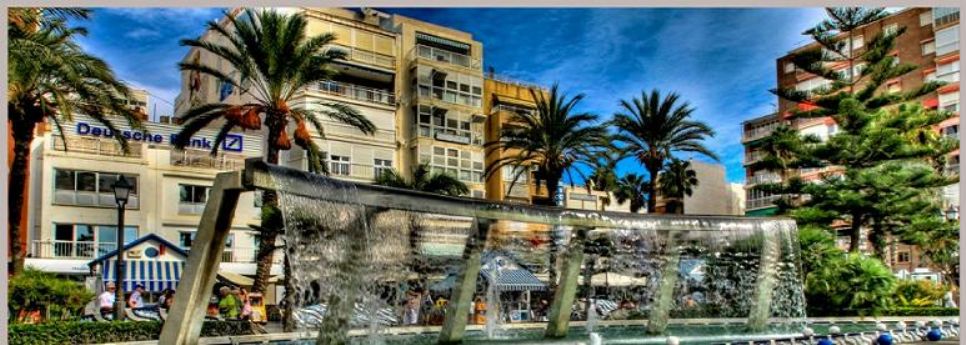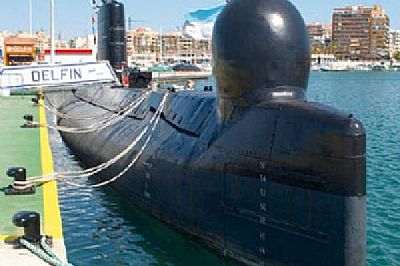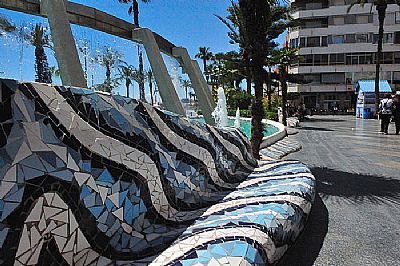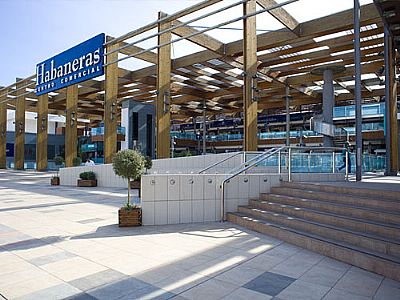HISTORY / TORREVIEJA
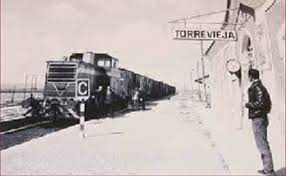
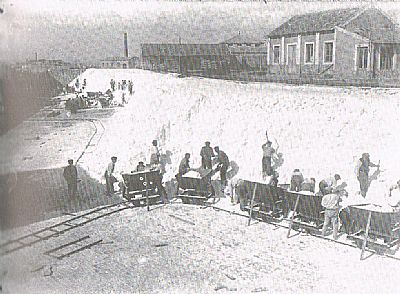
Old train station for moving salt. Eras del sal / Salt Works 1940
Until 1802, Torrevieja existed only as an ancient guard tower, which gave the town its name (Torre Vieja (Spanish) means Old Tower) and some labourers' cottages. But in 1803, Charles IV authorized the movement of the salt production offices from La Mata to the town itself and allowed the construction of dwellings there. In 1829, the town was totally destroyed by an earthquake, but the basins were soon reconstructed and re-opened. In 1931, Alfonso XIII gave Torrevieja city status by special grant. During this period, there was also a growing market for flax, hemp and cotton.
In the 19th century, the salt was mainly shipped from the town by Swedish and Dutch ships. At the time, there was only limited demand from other regions of Spain, mainly Galicia and to a lesser extent, Valencia. Although by the dawn of the 20th century, a quarter of all the salt harvested from the lagoon in Torrevieja was sold in Spain itself, and the rest exported was to foreign markets. Today, it is still an important industry in Torrevieja and a major employer. You can visit the Museum of Sea and Salt.
In recent years the local economy has hugely expanded due to the tourist industry. This includes both a strong contingent of British, Irish, Germans and Scandinavians, many of whom live there all the year round, and Spanish people who have a second home in the city. By 2004, Torrevieja had the largest number of British residents of all the Spanish municipalities (approx. 7,180), and that figure has now exceeded 12,000.[citation needed] The high number of British expatriates has led Torrevieja being nicknamed as 'the costa del Yorkshire' by some holidaymakers, often surprised that many British residents prefer imported cheap mass-produced bread from England such as Warburtons and Hovis. The city is a conservative stronghold, with the Partido Popular maintaining an absolute majority at the municipal elections of 27 May 2007.
Since 2001, the city's authorities along with Random House's Spanish subsidiary, Plaza & Janés, award Spain's second most important annual literary award, the Premio de Novela Ciudad de Torrevieja, and its poetry correlative, Premio de Poesía Ciudad de Torrevieja.
This old map of Torrevieja reports to show the tower had beed destroyed,this a very important event in the history of Torrevieja. It is said that on 21st march 1829 an earthquake measuring 6-6 on the richter scale,the town suffered severe destruction. Much work was needed to repair the town. The tower still sits on the coat of arm for Torrevieja today.

Old map showing the destruction.
